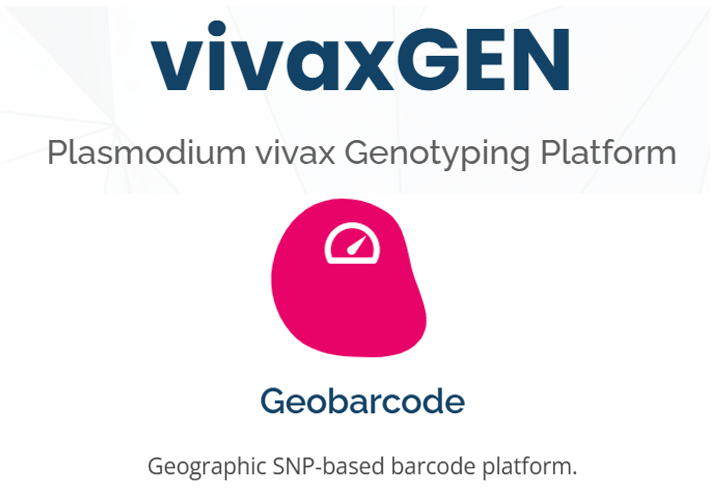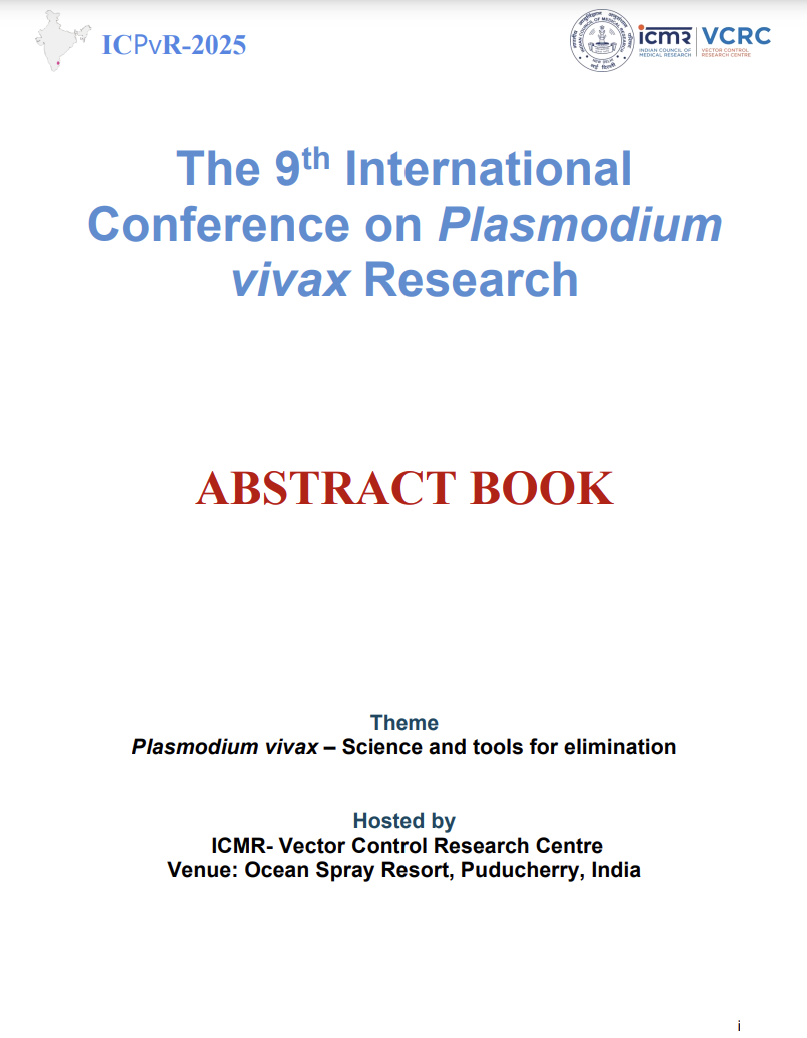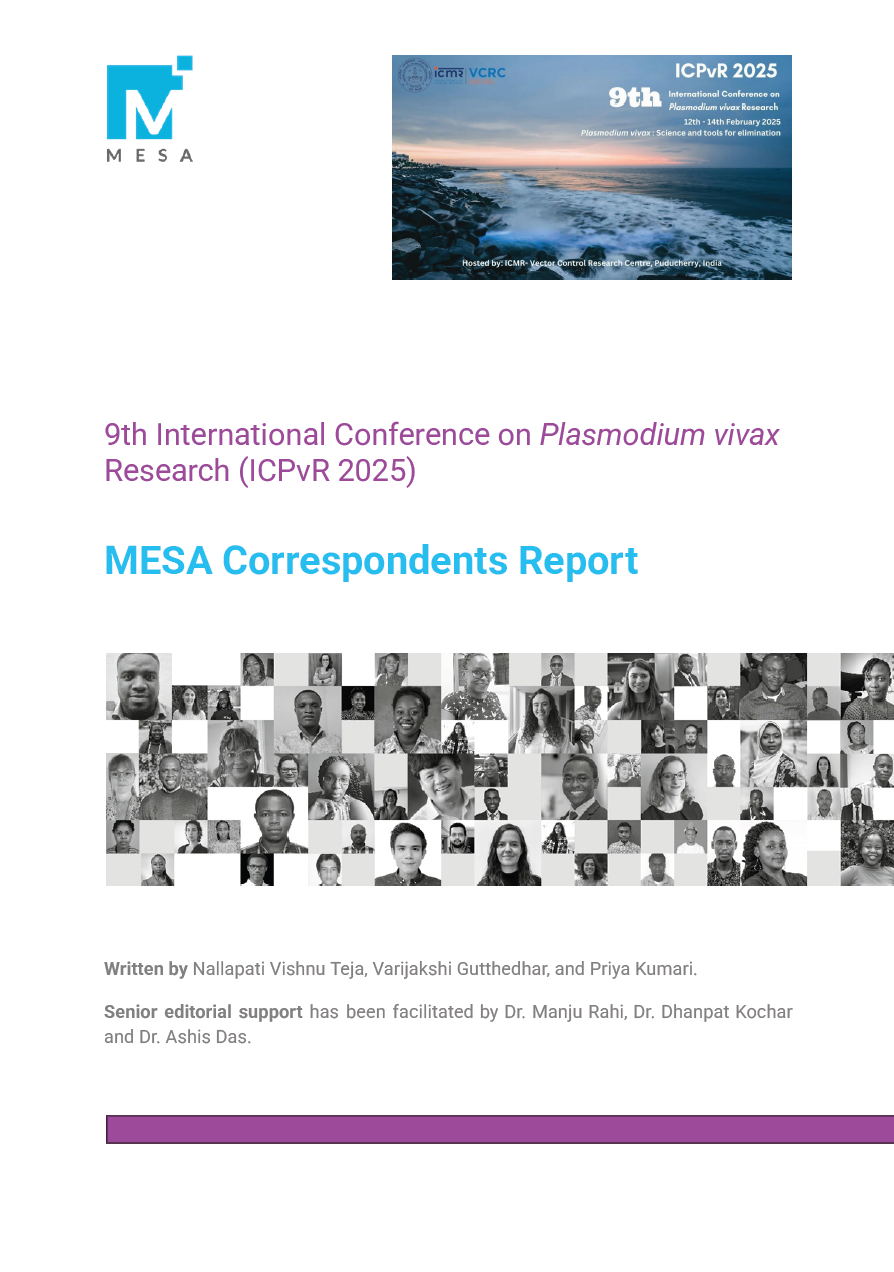Last Updated: 19/10/2023
Evaluation of the impacts of activation and endothelial dysfunction induced by Plasmodium vivax in patients of the Brazilian Amazon
Objectives
*Original title in Portuguese: Avaliação dos impactos da ativação e disfunção endotelial induzida por Plasmodium vivax em pacientes da Amazônia Brasileira
In view of the search for therapeutic targets for more effective therapies for the treatment of Vivax Malaria, and considering the importance of endothelium changes in the pathogenesis of Malaria, this project has the general objective of investigating what are the impacts of activation and induced endothelial dysfunction in both blood peripheral and extravascular reservoirs, in particular, in the bone marrow of patients from the Brazilian Amazon infected with P. vivax.
Plasmodium vivax is the most geographically widespread Plasmodium species and also a cause of severe Malaria, which poses a major challenge for elimination in Malaria endemic regions. It is estimated that in 2019, Malaria reached 228 million people and killed about 405,000. Brazil is the leader in cases in the Americas, 99.5% of which are reported in the region called the Legal Amazon. The impacts of endothelial activation and dysfunction caused by vivax infection are poorly understood, but very important, as it is associated with circulating parasites and systemic inflammation may contribute to the pathology of Vivax Malaria, since endothelial cells play an essential role in interface between the intra and extravascular environment. The cytoadherence of infected erythrocytes to endothelial cells is 10 times lower in P. vivax infection than in falciparum Malaria, but histopathology has already been reported showing intact P. vivax-infected erythrocytes in the bone marrow and spleen, organs that contain circulatory compartments that they are not lined with endothelium. It is believed that this, together with the lower parasitemias resulting from the preferential invasion of reticulocytes, is responsible for the lower lethality of P. vivax, but the mechanisms and impacts behind the vascular activation and dysfunction observed are still unclear in Vivax Malaria in endemic regions, therefore, the study and search for elucidations of possible consequences of activation and endothelial dysfunction in tissues, in which the parasite accumulates, is essential. P. vivax peripheral parasitemia and the parasite’s total biomass markers correlate with leukocyte-derived cytokines may reflect the ability of circulating and accumulated P. vivax in the tissue to stimulate leukocytes in peripheral blood and in organs, such as spleen or marrow bone and therefore mediate organ dysfunctions secondary to systemic inflammation.
Oct 2020 — Jul 2024


